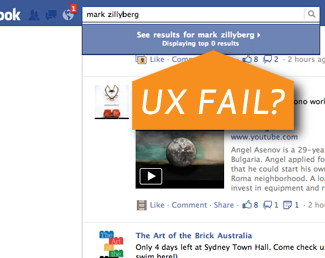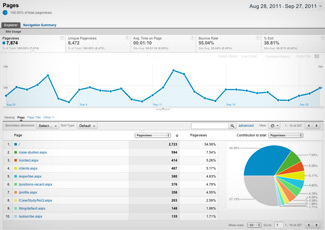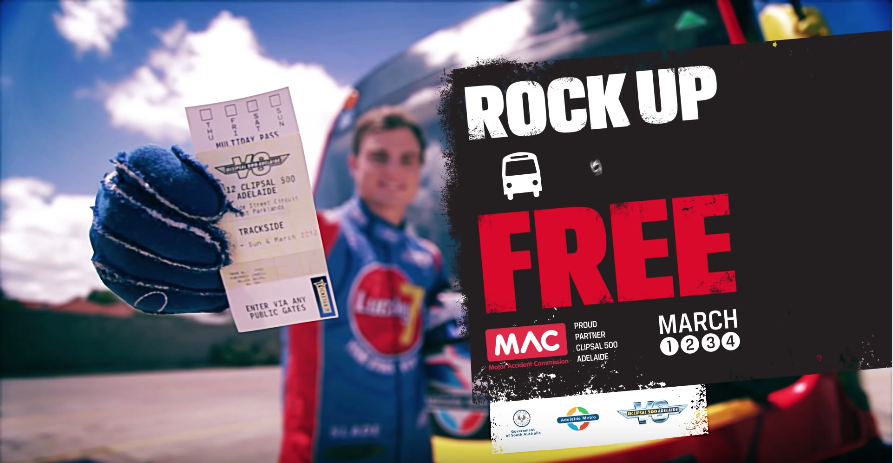Back in the earlier days of websites and how we analysed them, you would be beating your chest about how many visitors your site was getting versus your mates - "ours gets 1,000 visitors per day, it's doing great guns", "oh but our site gets 10,000 a day so I'm going to be a very rich man" and so on. But then your smarter mate comes in and says "our site gets 500 conversions a day and I bet my site is more successful than yours" - and I bet he's right...
Visits to your website are great and easily measured in Google Analytics. These usually provide a good snapshot of how active your site is; often they’re the biggest number too so there is still a level of bragging rights. Visits also mean there are people coming to your site and they are having a look around at your content which allows for brand recognition and users are likely finding information they're after. But visits alone don’t tell us where users are coming from and what they are doing.
The true value of measuring what is happening on your site comes from capturing conversions - completing a task on the site to achieve something of value to the user and something of value to you. A simple conversion could be a successful contact - a user visits the contact form on your site and successfully fills out the form. The value for the user is that they were able to pass on their message and you have achieved a communication line to a possible client.
Conversions can be as sophisticated as you want and just require a bit of upfront thinking.
Let’s look at an example. You create a campaign where you offer your customers a downloadable voucher (in PDF format). To promote the campaign you might be using Google AdWords to link them to your campaign page. Additionally, you may also be running some print or TV ads that have a unique URL that directs the visitor to the same campaign page as the AdWords do. Ideally, for this campaign, you would want to know which visitors came from which source and therefore which marketing spend was the most effective.
The easiest way to measure your conversions is to integrate specific code into the site that provides extra information to your analytics.
To measure how a visitor got to your campaign page:
- For your Google Adwords, you could add a set of parameters to the end of each link URL so you can track their origin
- For your print and TV ads, you could choose a unique URL (www.companyname.com/voucher) that immediately redirects the visitor to the campaign page separating these visitors from your AdWords visitors
Once they’re on the page, you can measure how effective this campaign is by how many people downloaded the voucher (completing the conversion), by:
- Inserting extra code on the link pointing to the voucher that can track when someone has downloaded the file, as well as identify their origin (did they come directly, from Adwords or from the URL that they saw in print or on TV?).
This example simply illustrates how you can provide much richer information when measuring your campaign’s success. By adopting good conversion practices when building your campaigns or websites, you can measure success in Google Analytics far more accurately, and not rely on visits alone.
As a good practice, when the objectives of your campaign or website are defined, we can create a number of valuable conversion strategies to match these. These strategies not only allow you to measure your success and return on investment, but also provide you with ample bragging rights with your mates!




